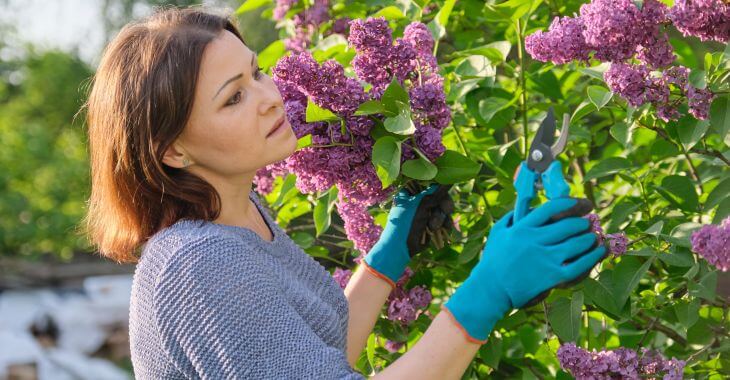Using Wildflowers For Ground Cover
As people become more environmentally conscious, it is a growing trend to consider native eco-systems when planning a landscaping project or diverting rainwater. Many landscapers are incorporating wildflowers in place of traditional flowers for seasonal colorOne can take a leisurely evening stroll down avenues of stately historically preserved homes that were once landscaped to costly pristine preciseness but are now ill-groomed with the colorful beauty of wildflowers. Seemingly without form or structure, they grow everywhere sporadically, the ground covered with a beautiful array of delicate flowers, interspersed occasionally with native grasses that no lawnmower will ever touch. Flowers have begun to replace some lawns.
Wildflower seeds can be bought in mixes. While the mixes are designed for specific growing regions, it is impossible to determine exactly what will grow, so it is best to sow several different kinds. Wildflower seeds can be sown in the fall, although to ensure winter’s survival, northern climates should sow following the last expected frost of spring. Minimize weeds before planting. Mix seeds with sand or vermiculite to make growing easier and to help you get a more even distribution. Scatter the seed as evenly as possible and press it into the soil.
Wildflowers grow with the least amount of care or attention. They tend to be hardy survivors without any gardening efforts. There is no need to water or worry about bugs and, most often, they will grow back every year. Another advantage of using wildflowers for ground cover is that they produce flowers that can actually be harvested (best in the early morning) and brought indoors as cut flowers. Check with your local landscaping professional to determine what mix of wildflower seeds will grow best in your area.

